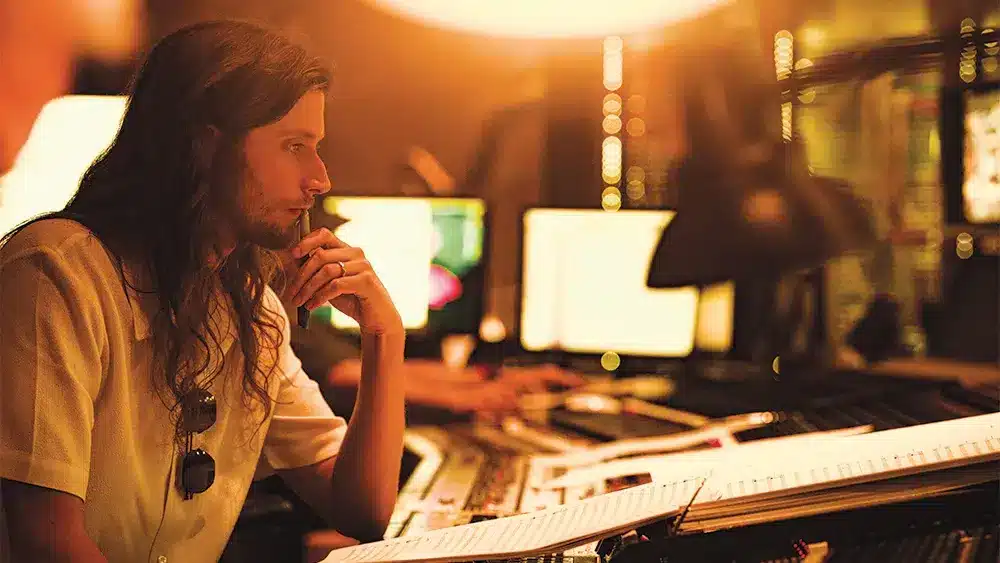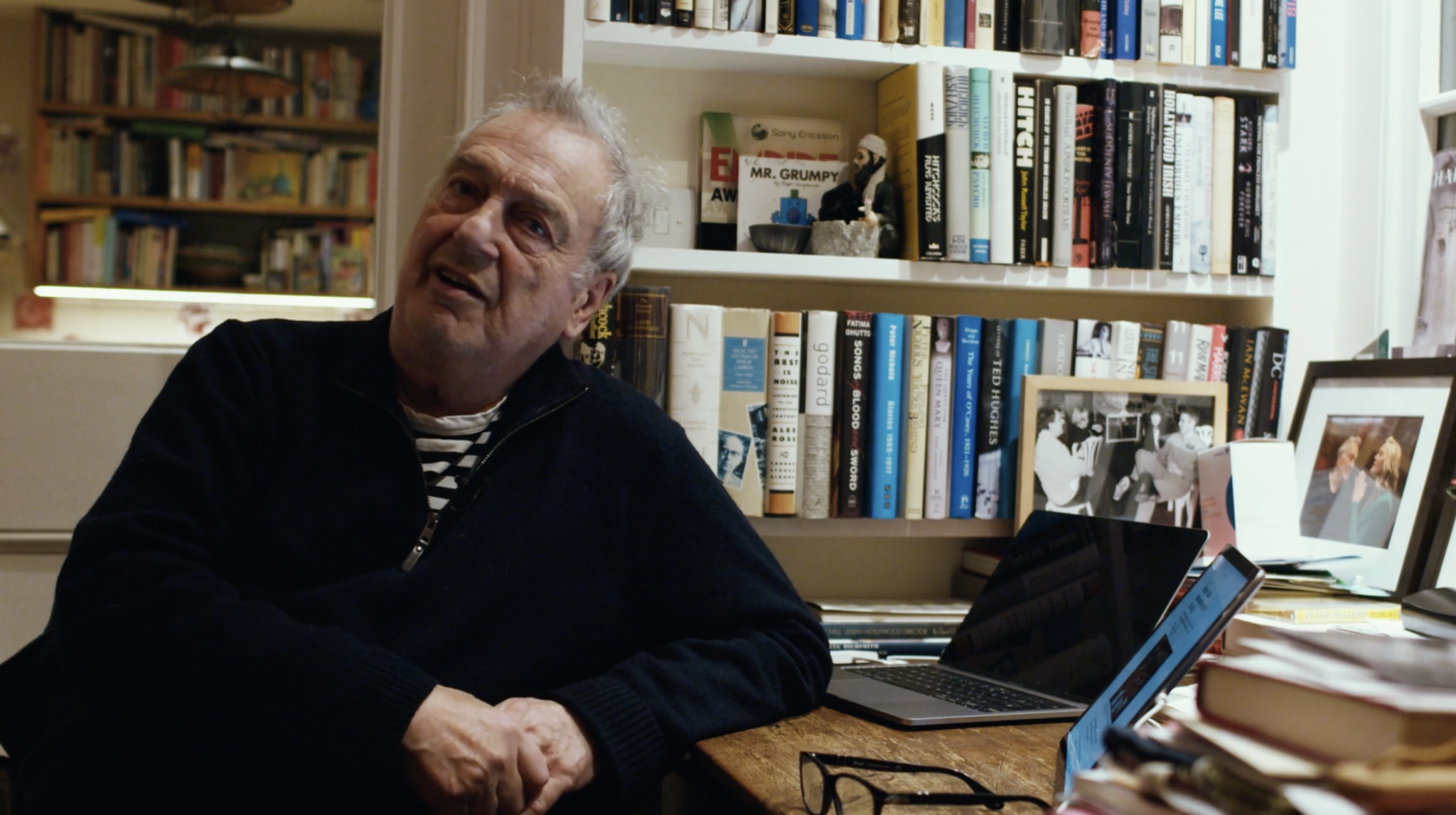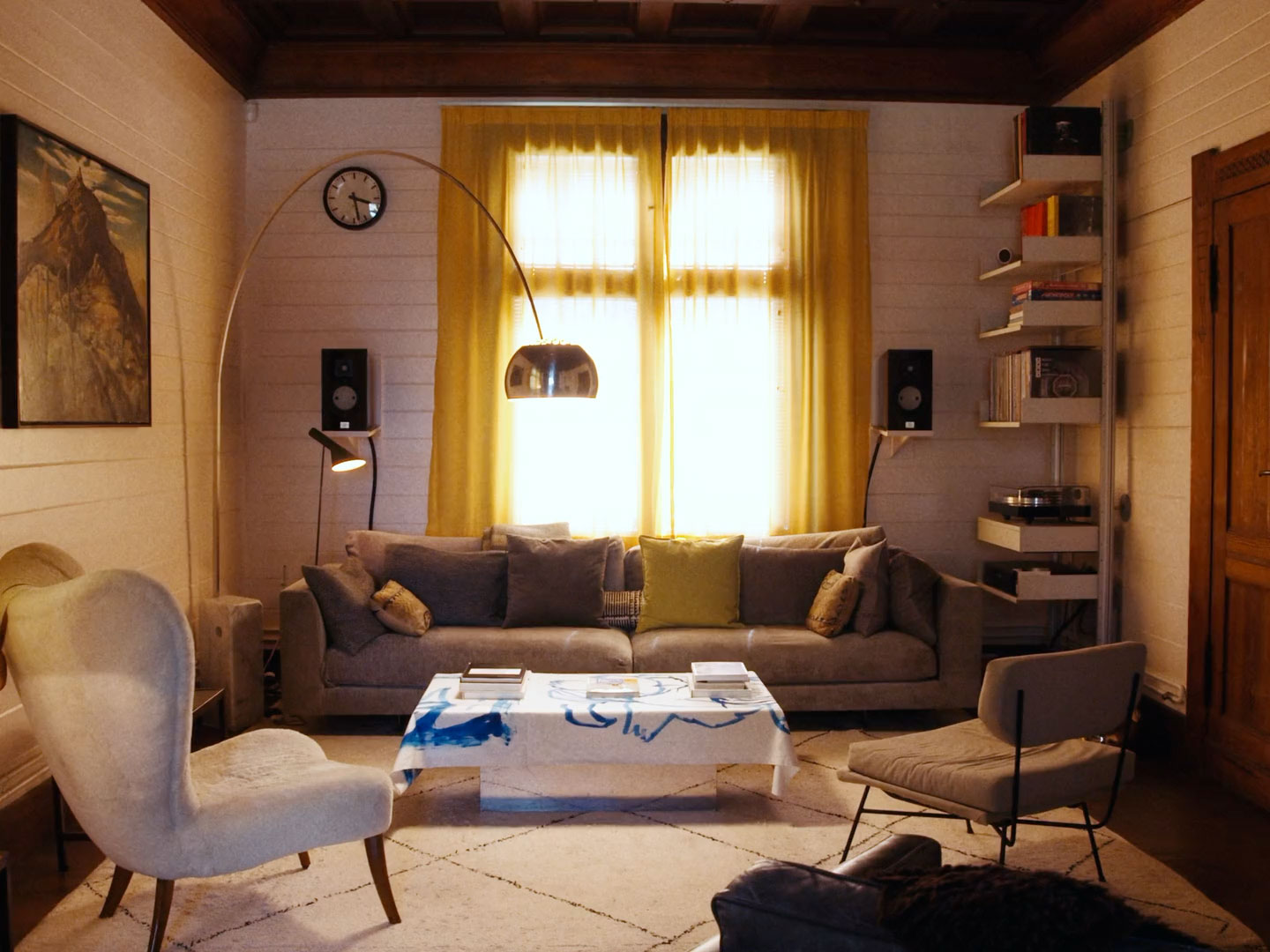
Welcome to IN THEIR OWN WORDS, a new series of love letters to the world of film, art and culture that aims to deliver the artist’s gospel straight to your feed every week in satisfying, digestible bites.
You’ll find the first instalment below, featuring multiple Grammy and Oscar winner LUDWIG GÖRANSSON taking us behind-the-scenes on the making of his virtuosic soundtrack from Christopher Nolan’s smash-hit A-bomb biopic Oppenheimer. Here, the composer guides us through his process creating his dynamic score, in his own words…
“Solo violin is the heartbeat of Oppenheimer.”
That was the only note Chris Nolan had for me before I started the project and had just read the script. My wife is an accomplished violinist—we’ve worked together before, but not on something like this, an intimate solo violin feature. That was an incredible experience. I went back to the studio with Serena, and we started recording these microtonal sounds that go up and down and changes to vibrato—we were trying to achieve something with these stereotypical horror techniques. In a lot of horror today you have string clusters, so how do you take tha and turn it on its head? You can still have these string clusters, but what if you play it with a beautiful, romantic vibrato—how would that sound? The first month was literally just playing around with the violin, and experimenting with tone and technique. Christopher Nolan has such a great ear for music and such a great foresight of how music is going to come together in his films. That’s how I felt when I would watch his early work when I was a teenager, just starting out in my career. How he uses music in them in a very present way that it suddenly becomes its own character. He’s always so focused on that.

Oppenheimer has a lot of different facets to him, and a wide spectrum of emotion inside of him. He was a genius, but he also had a lot of darkness inside of him, especially after Trinity. We had to capture that in the music. The first time you hear his theme in its barest bones, it’s just a solo violin. It’s lonely and melancholic. Thanks to that sound you really connect with the core of his character, and then as it gets more complicated, we would surround that lone theme with these crazy, mathematical, swirling violins that play around it. At the same time we wanted the theme to punch you in the face with distorted synthesisers. Then, in a heartbeat, it might go back to that stripped down version you see at the beginning of the movie. His character is so dynamic, and the movie begs for that in the music too. But we needed that emotional core. I knew if we had that, adding all these layers of production and synths would be easier.
The score is broken down into three movements. In the beginning, the music is very personal. And then it slowly builds into an opera. The first movement is focused on the violin, not just the solo violin, but a solo, then the string chords, then the string octave, then the string ensemble. A lot of the dynamic is channelling what’s happening visually. The first movement is the grand orchestra. The second movement is where the musical language really shifts. It’s in the second act where everything becomes real. There’s a physical bomb. You see them putting it together. You see them hoisting it up in the air. Everything up until that point has been scribbles and theories. The music goes from this grand orchestral score to this intimate synth-design, thumping base, nuclear-reactor sounds, I put a metal ticking over the top of it all. That tonal landscape is so different and it draws you into this “oh, shit” moment. [laughs]. Then the third movement is the courtroom sequences, which is basically scored as an action movie.
Can You Hear The Music was one of the most difficult tracks to record. The thought of the track started with me seeing early experiments of the visuals—the spinning atoms that Chris showed me. I saw them in an imax theatre early on and was so breath taken by those images, the forests of light that it created, and the energy of the atoms, how timeless it felt, I just wanted to capture that. But how could I do that in a live performance? It was actually scary to think about, because I felt that doing it with synths would be easier but I really wanted to capture it in a live performance. I had this violin line which was a hexatonic, it’s a six-note scale, and I started playing around with it and taking the sound up and down, and everytime it changed direction I would do a tempo change. Throughout the track there are twenty-one tempo changes, it starts at 80 bpm and it ends three times as fast. Here’s the problem: I didn’t think we were going to be able to record it like that, live in one take. I thought we’d have to chop it up and record it four bars at a time. But we came up with a new recording technique, and I have to give a lot of the credit to the musicians for sitting through this, but we managed to nail it in one take, and it really changed the energy of that track in a way I could never have thought of. We worked on that for like three consecutive sessions. It was the first thing we recorded, and the last thing we recorded.
One scene I really struggled with is when Oppenheimer is giving what’s supposed to be a celebratory speech in front of all the other scientists after they dropped the first bomb, and it quickly turns from a celebration into something nightmarish. That was one of the hardest scenes to write music to, because Oppenheimer’s frame of mind in that moment is so complex that it creates an emotional bar I had to reach in that moment. It took me a long time to realise what that was and how I was going to do it, and it was literally the day before we had to finish recording when I finally cracked it. It was understanding that Oppenheimer had actually always been in that headspace throughout the film up to that point. Maybe not as nightmarish, but that sense and feeling of impending doom and dread was always there. The first time you hear that theme is in the track Gravity Swallows Light, and these synths are dragging you deeper into the bottomless pit that Oppenheimer is drowning in. A black hole. And I was like, ok, maybe we’ll revisit that, but when we do we’ll do it as if we are in that bottomless hole with him.
Further Listening: The Best of Ludwig Göransson & Childish Gambino
The mutual muse-ship of Ludwig and Donald Glover started on the set of TV sitcom Community, in which Glover starred as Troy Barnes and Göransson composed the show’s music. “It was almost like love at first sight”, Glover said recently. Since then, the two have evolved as artists together, and though they’ve both dipped their toes into other projects, like all the great artistic pairings (the likes of Scorsese and DeNiro, Spike and Denzel, Kurosawa and Mifune, Fellini and Mastroianni, Michael Jackson and Quincy Jones), there’s nothing quite like the magic they brew up together. Check out the playlist above for a few of our favourites.
In Ludwig’s words: Working with Donald Glover has been an important part of me finding my voice. Donald is a director too, and a writer, so working with him and when we’re writing music, we’re doing it together. We’re been in a room together for a long time. Locking ourselves in a room with each other and exchanging creative ideas while writing music together, that’s had a lot of impact on me, on the way I look at music in general. It’s opened up a lot of new ideas for me. Whether it’s a new Chris Nolan movie or a new Childish Gambino album, I approach every project I’m working on differently from the previous one. I approach every project I take on as if I’m doing it for the first time. I’m trying to find a new way to get to the end point, wherever that is. For The Mandalorian I had to learn to play the recorder. For Black Panther I went to Nigeria to collaborate with West-African musicians and artists. For Creed I went to boxing gyms and recorded the sounds of jumping ropes, or two people sparring. Whatever it is, the finish line is always going to be different.










